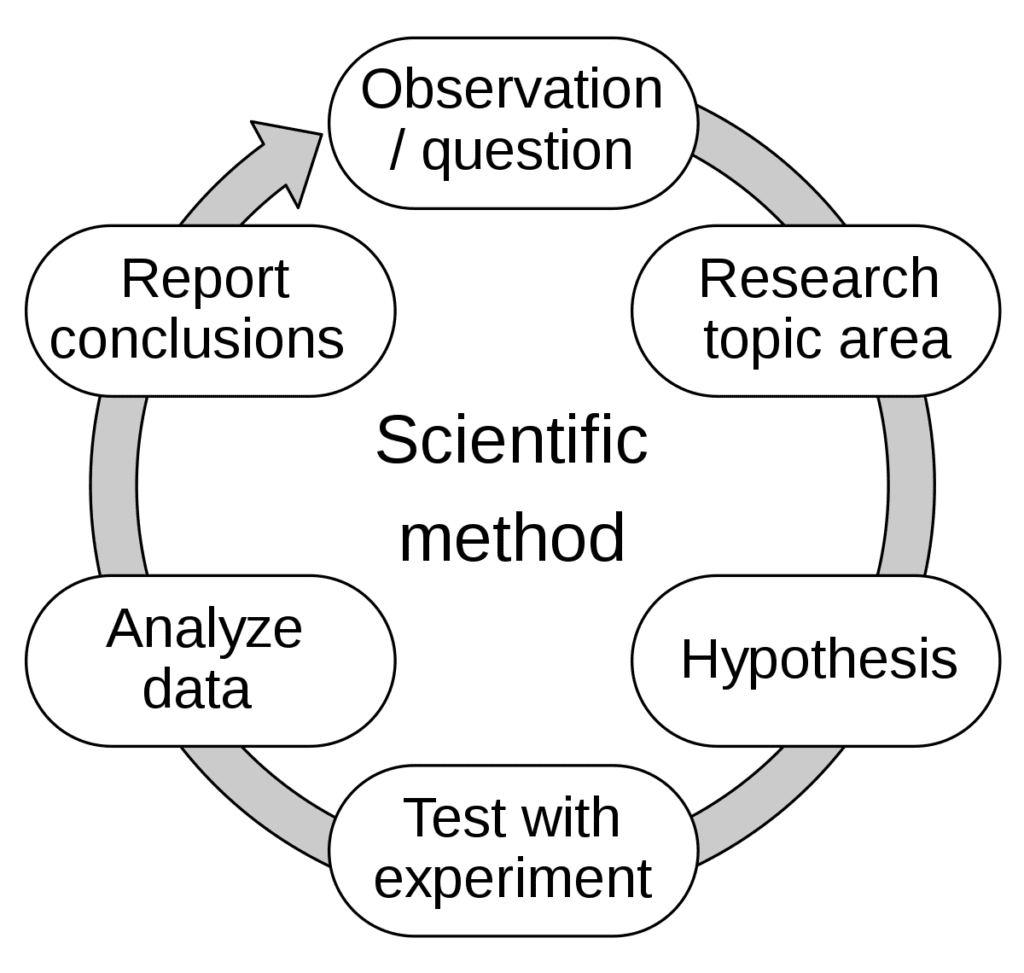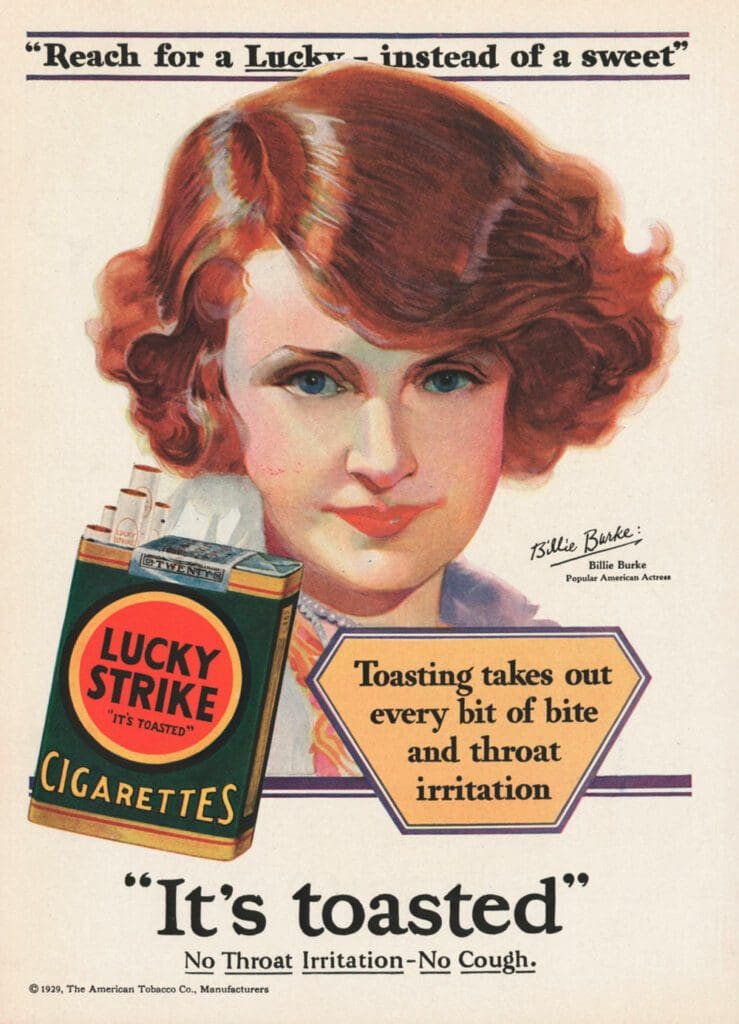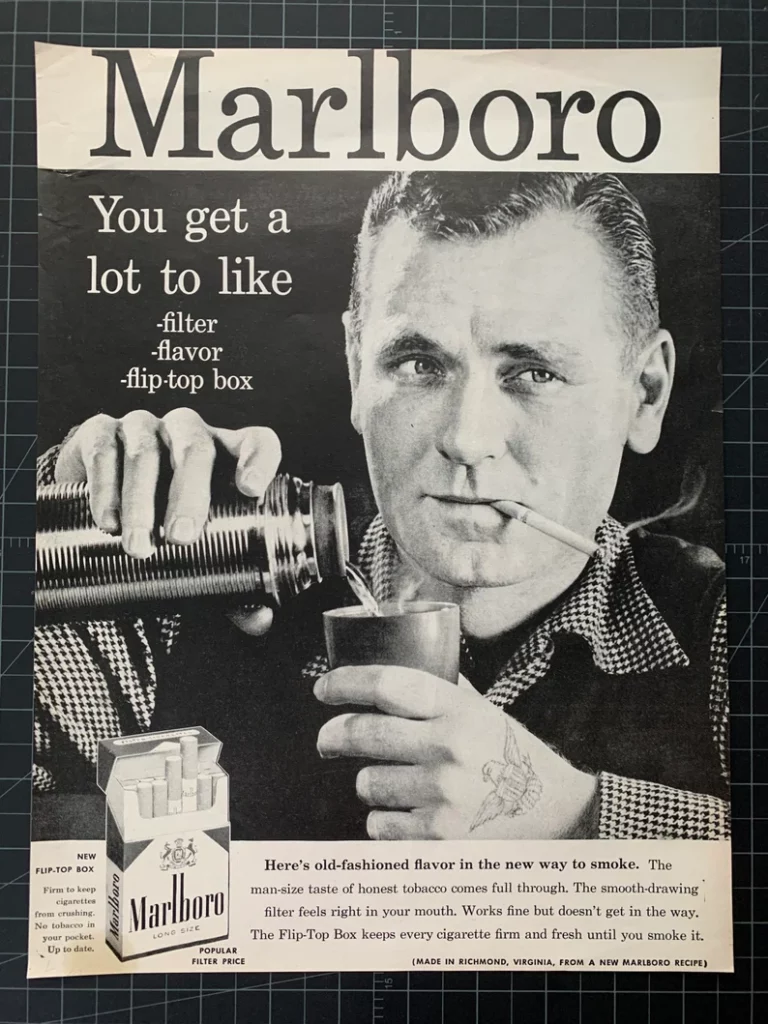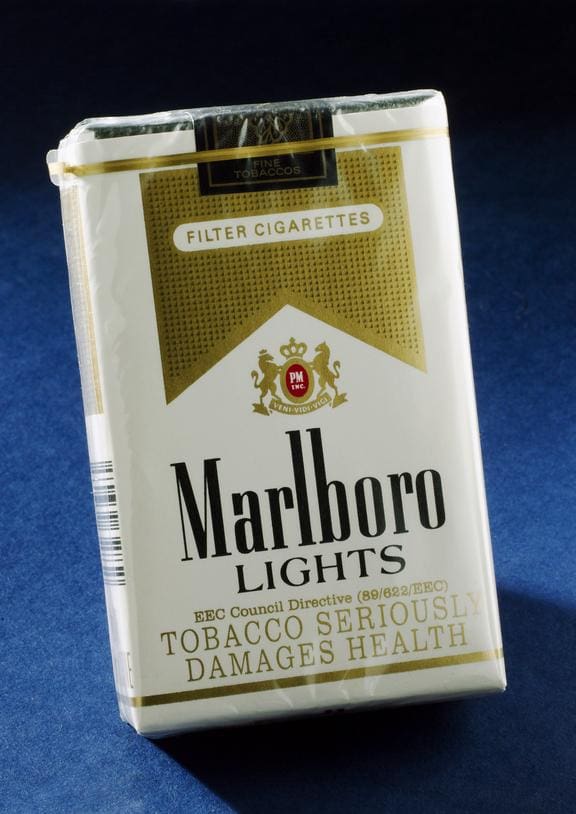Nowadays, tobacco is restricted or banned in many countries. But it wasn’t always like that. There was a time when even doctors recommended smoking for benefits like stress relief and muscle relaxation.
So, does that mean there wasn’t any research available on the effects of smoking back then? No, there were, in fact, a ton of studies showing how tobacco can make you sick and even kill you.
Still, it didn’t stop tobacco companies from making and selling their products and a huge chunk of the population from consuming them.
So, does that mean people didn’t care for their health back then, as we do now?
Well, that, too, isn’t the case. But there is something that caused people to continue consuming this harmful substance and companies to continue making them without any issues. And that’s the lack of concrete evidence.
See, science is a slow process. It takes years, and sometimes even decades, to concretely prove something. And big industries benefit from this. It’s how the tobacco industry thrived in the 20th century and how the EMF industry is thriving in the 21st.

Want to Slash Your EMF Health Risks?
Want to Slash Your EMF Health Risks?
Good! Learn the one small change you should make right now.
In this post, we’ll look at how doubt in science allowed tobacco companies to convince the masses that smoking was safe and what similarities the tech industry’s tactics share with those of the tobacco companies.
Note: This will be a two-part post where we’ll first discuss the history of tobacco science and how it failed to save the population from this cancer-causing substance. And second, we’ll observe the similarities between tobacco and the modern EMF industry’s tactics.
So, let’s begin.
The History of Tobacco
Tobacco isn’t new. In fact, historians have found evidence of tobacco cultivation in relics from circa 5000 BC.
They say that Native Americans used tobacco for medical purposes and also in religious ceremonies.
After a while, tobacco started gaining popularity in Europe, as people believed that it had magical healing powers. Soon, the general consensus was that smoking was the best way to get your “daily dose of tobacco.”
Cut to the 19th century, and smoking cigarettes had become the new trend. But it wasn’t until the 1900s that cigarettes were sold commercially in the US.
Introduction of Cigarettes in the US
In the 1900s, tobacco manufacturers started making and selling cigarettes as a primary tobacco product in the US. In 1901 alone, reports say that US citizens consumed 3.5 billion cigarettes. And seeing the market potential, more companies were formed, creating an entire industry that gained a lot of power"Power" in a scientific context refers to the rate at which work is done or energy is transferred. In simpler terms, it's how fast something is using energy. For example,....
By the time of the civil war, smoking had become so popular that the government imposed a federal tax on cigarettes.
So, what caused so many people to start smoking?
The Claimed Benefits
Cigarettes don’t smell or taste good. They never did. But why did so many people choose to endure this discomfort? Simple! First, the claimed health benefits of tobacco, and then, its addictive properties
Did you know that early in tobacco history, people used it as a cure-all remedy, to dress wounds, reduce pain, and even for toothaches? And did that actually work? Well, we don’t know for sure.
But tobacco companies made claims that made cigarettes look super beneficial to your health. Here are some of the benefits they claimed of smoking:
- A natural painkiller
- Reduces stress
- Reduces hypertension
- Lowers risk of obesity
- And so much more…
Science Noticed
The sale of tobacco has been going on for centuries. And cigarettes were launched market-wide in 1901 in the US. But it took scientists nearly five decades to link cigarette smoking with lung cancer and other diseases.
But when they did, the government passed new laws prohibiting tobacco companies from saying that their cigarettes are safe in their advertisements.
After that, the scientific community continued to perform aggressive research, which brought a ton of information to the public. For example:
In 1956, a Surgeon General’s scientific study group determined a causal relationship between chain smoking and lung cancer.
Similarly, in 1962, the Royal College of Physicians report also emphasized smoking’s causative role in lung cancer.
The 1972 Surgeon General’s report revealed that smoking isn’t just harmful to the smoker, but environmental tobacco smoke (ETS or second-hand smoke) is also a significant health risk to nonsmokers.
This ignited a nationwide campaign, and anti-smoking messages began popping up everywhere, resulting in the ban of cigarette advertisements on TV and radio in 1969.
But simply banning TV and radio ads wasn’t enough.
The Many Steps Towards Public Safety
To ensure public safety, Arizona became the first state in 1973 to restrict smoking in several public places because of ETS hazards.
By 1975, the federal government began administratively regulating smoking within government domains. For example, the Army and Navy stopped including cigarettes in rations for service members in 1975.
1979 marked the year when all federal government facilities banned smoking, and it took 14 more years for the White House to ban smoking inside its premises.
But even though smoking was banned in a number of public places, you could still smoke on domestic commercial flights until 1988. By 1990, this ban was extended to all commercial US flights.
In 1992, the EPA (Environmental Protection Agency) classified ETS as a “Group A” carcinogen – the most dangerous class of carcinogens.
Tobacco Laws Today: An Overview
Today, tobacco laws are stricter than ever. Just in 2019, a new law was passed prohibiting anyone under the age of 21 from purchasing tobacco products. This law is called “Tobacco 21” or “T21.”
If you’re under 21, you can’t buy:
- Cigarettes
- Cigars
- Pipe tobacco
- Smokeless tobacco
- Hookah tobacco
- And nicotine delivery systems like e-cigarettes and vape liquids
Besides being illegal to purchase tobacco products if you’re under 21, one cannot also sell these products to such individuals.
The Tobacco 21 law has no exceptions for active-duty military members or military veterans.
Besides that, in 2021, the FDA also banned menthol and flavored tobacco. The idea behind this is that many young men and women smoke menthol cigarettes because these flavors mask the unpleasant taste of tobacco. And when you add menthol to cigarettes, it makes nicotine more addictive.
So, this ban aims to make tobacco more unpleasant, to prevent more people from starting to smoke and getting hooked.
Apart from banning flavors and increasing the age limit from 18 to 21, the US government also added heavy taxes on tobacco. So, whenever you buy a tobacco product, you also have to pay huge excise taxes. Government officials say that they designed these taxes both to encourage people to quit smoking and to discourage them from even starting.
New Zealand’s Weird But Effective Way
In 2022, New Zealand passed a law that, one day, has the potential to effectively ban cigarettes in the country. What they’re doing is elevating the legal smoking age by one every single year.
For example, this year (2023), you must be 15 or older to buy cigarettes legally in New Zealand. In 2024, you’ll have to be 16 or older. By 2050, the legal age to buy cigarettes in New Zealand will reach 42.
The country also plans to reduce the number of stores allowed to sell cigarettes to a maximum of 600 nationwide. And it’s a country of 5 million people. So, you do the math.
The Time it Took
Although we have many laws related to tobacco now, as you can clearly see, it wasn’t always like that. In fact, as we already discussed, tobacco products were heavily marketed and sold in their initial days.
But why didn’t science interfere sooner?
In truth, it did. There were hundreds of studies published on the subject, and scientists were warning people of the dangers of using tobacco-related products. But there was a small problem.
You see, science takes time. You first identify an issue, create an experiment, perform it, write a paper, send it for peer review – and only after it’s been reviewed can you publish it. But, even then, you can’t consider the results concrete evidence.
Step 2 of proving something scientifically is to replicate the study. Once replicated, other scientists go through the same process to publish their findings.
If the findings are a bit different from the original, then the scientists go on to figure out why.
This could take decades. And by then, the harm would be already done. But even though science hadn’t given concrete evidence, they had pointed out that smoking is potentially harmful. And if this information matched what people were experiencing, why didn’t people start condemning smoking sooner?
Why Didn’t People Realize Sooner?
There are two parts to this answer – how you feel and how it’s marketed.
Though harmful, smoking can give you a fantastic feeling. It can help you relax for a while and forget your stresses. So, when you start smoking and get into the habit, you become addicted to the feeling it provides.
Besides that, the aggressive marketing by tobacco companies was enough to blindside people from what the science was saying.
See this 1949 ad for Camel cigarettes. Its key slogan was, “More doctors smoke camels than any other cigarette.”
Now, if a doctor is smoking a Camel, why wouldn’t you?
Similarly, see this ad from Lucky Strikes.
And finally, see this ad from Marlboro. Notice the wording? “The man-size taste of honest tobacco.” It hints that men who smoke Marlboros are manlier.
Contrast that to this image from a modern cigarette packet. It clearly states that tobacco damages your health.
So, when what companies are saying creates doubt about what science is saying, it causes people to ignore the science. And that’s what’s happening in the EMF industry.
Doubt is Our Product (Preview)
“There is no direct evidence that links cell phone usage to brain cancer.”
“Cell phones are safe.”
Do you see the difference between these two sentences? At first glance, they both seem to promote the same idea. But if you examine closely, one is creating doubt among the public, and one is saying an irrefutable fact.
And cell phone companies would never say that their phones are safe. Because if they did, they’d be slapped with thousands of research-backed questions.
So, the best way to handle this is to create doubt among the public. And that’s what the cell phone industry has been doing for decades.
In our next post in this series, we’ll learn the cell phone industry’s tactics to create doubt in your mind so you use their products without any hesitation, just like the smokers in the 1900s did.
So, stay tuned.
Final Thoughts
As I already mentioned, science takes a lot of time to conclude a certain fact. It could take years; it could take decades. But that doesn’t mean you shouldn’t be cautious.
But, even if you are, the other side that profits from you not knowing will do its best to shield you from the facts. And this is why we created this series, to lift up the curtain and give you a clear view of what’s happening.
If you haven’t read our last three posts in this series, use the button below to access all of them.
Also, subscribe to our newsletter at ShieldYourBody.com to be notified as soon as a new post is published in The Business of EMF Science.












